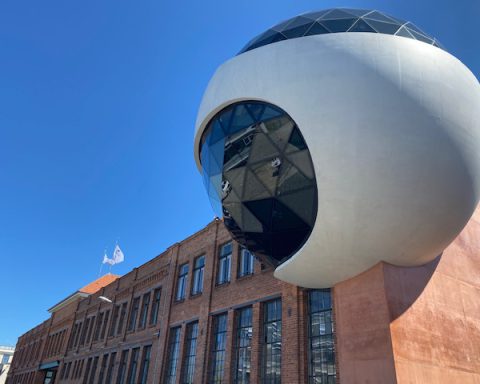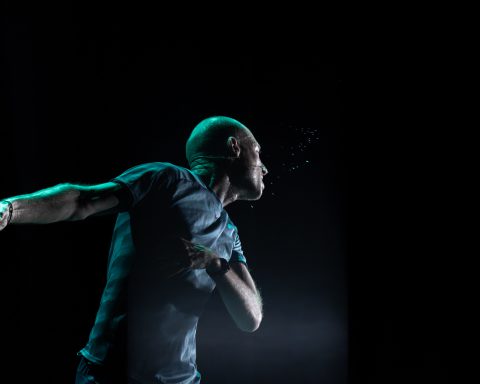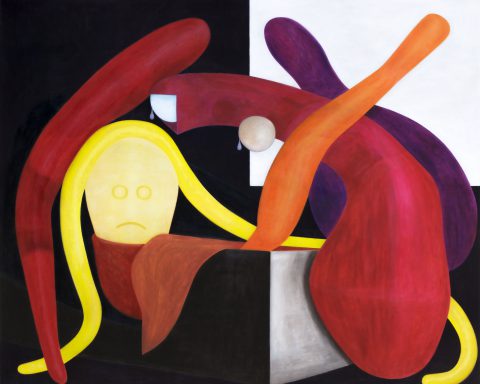
I have long been a fan. I discovered her when I did my dissertation on Deconstructionist Architecture. It was in the 90s, and she was still producing more work on paper than in the field. Everything about her work drew me in. I loved the otherworldly renderings and would spend hours contemplating them. The Vitra Fire Station had already been built by then, and it was the first building of hers I saw realised. I loved the concrete.

Concrete has long been a favourite building material of mine. I was very inspired by 50s modern architecture. Concrete was not new, but reinforced concrete was, and architects like Eero Saarinen were using it to create things that were not possible before.
Zaha was born in Baghdad in 1950. At this time it was a city of growth, expressing this notion by inviting the top architects of the day to build. She grew up seeing buildings by Walter Gropius, Frank Lloyd Wright, Le Corbusier and Alvar and Aino Aalto. She also grew up in a Baghdad where it was not uncommon for women to be architects. It never occurred to her 11-year-old self that this could turn out to be a stumbling block.
Zaha studied at the AA in London under Rem Koolhaus. This was a time when there wasn’t much building going on in the UK, and the school was more about experimenting. She took a very serious approach very early on and found her way in this environment of freedom. She would go on to teach there for 10 years, working on her own projects for competitions in her off-time. She would claim that 10 people did the work of 100 people for the first 10 years, and there was no pay. What kept her going was the excitement of the work.
When those days came to an end, she rose to be one of the most important architects of our day. I am sad to see her gone. I wonder what will happen to her work. I wonder how it would have continued to evolve had she lived. I am glad that she stuck to it and never gave up the dream. Those who experience her work can only be moved by it.
Thank you Zaha and team.
https://www.youtube.com/watch?v=9n0EQBa7dQI









